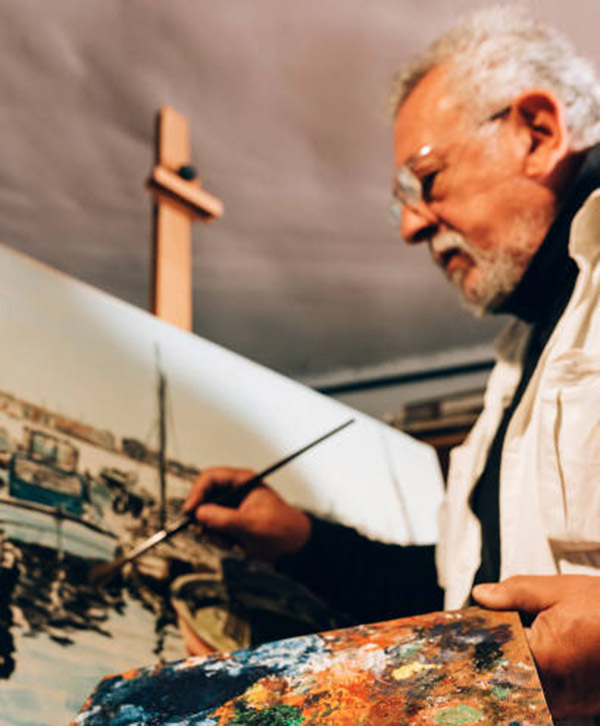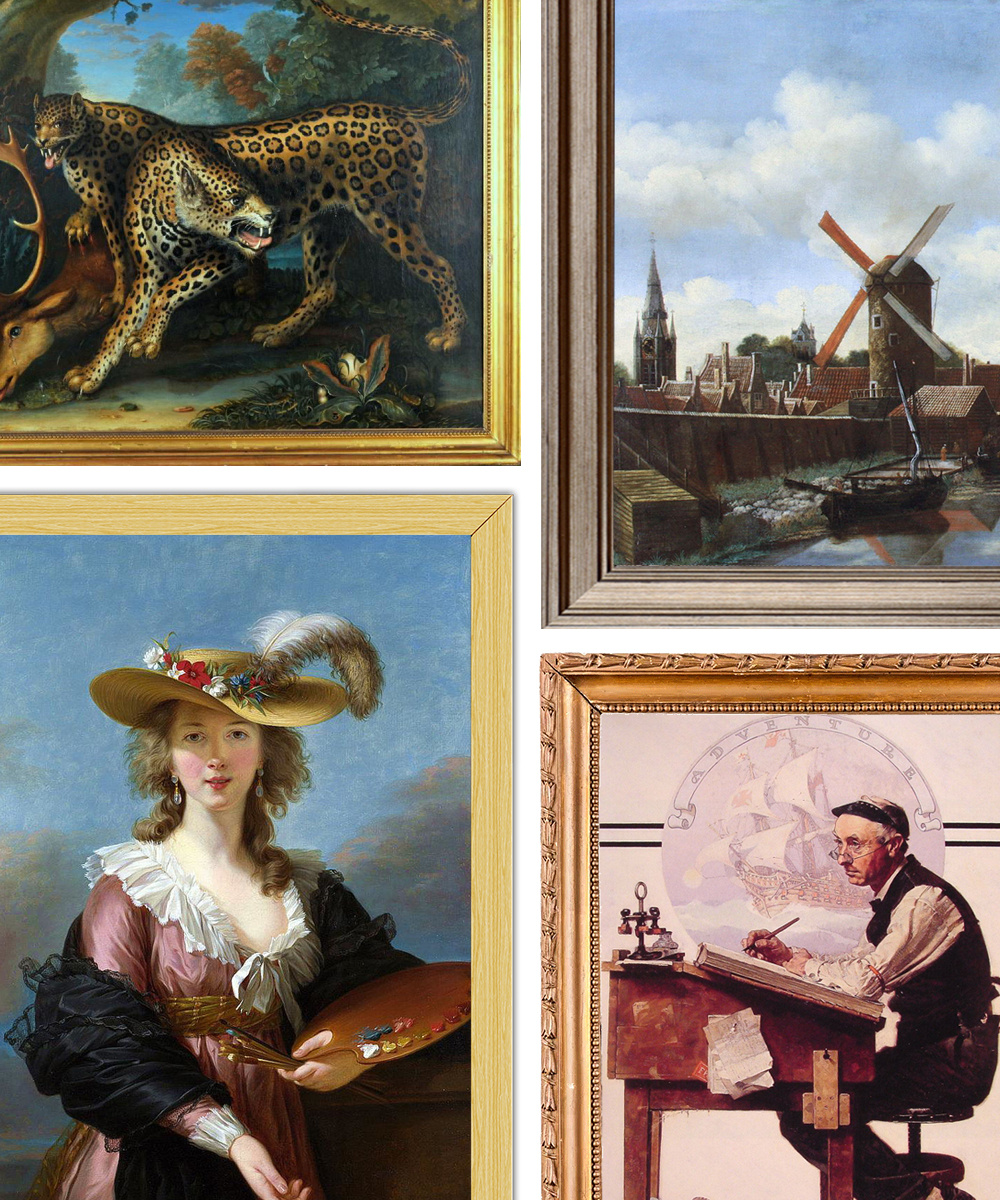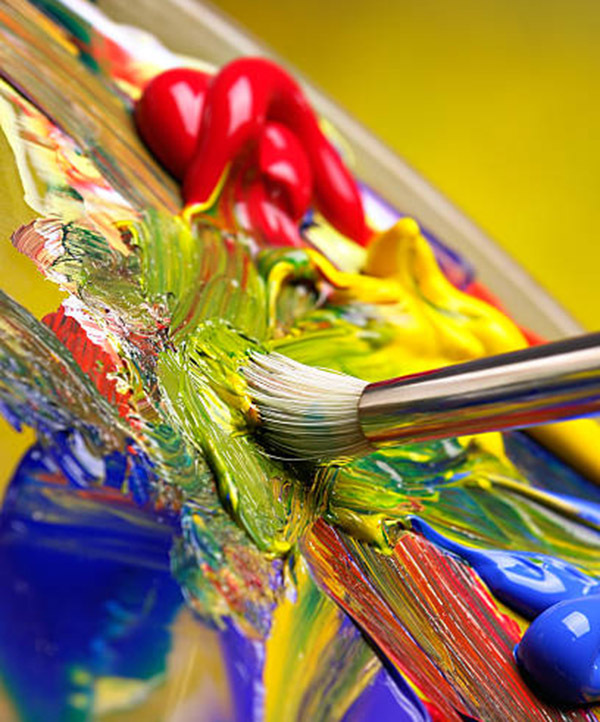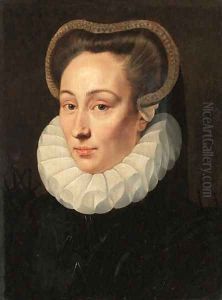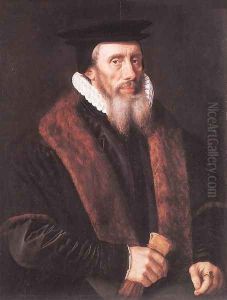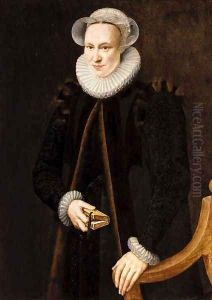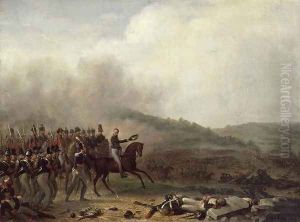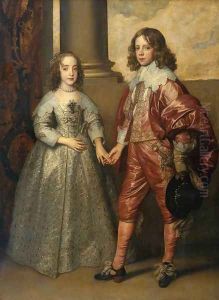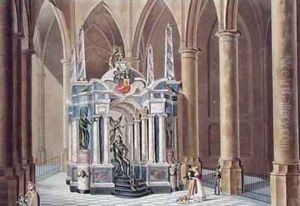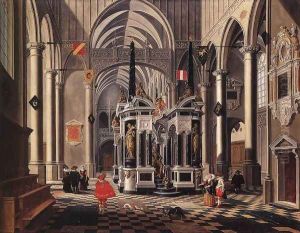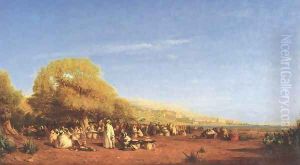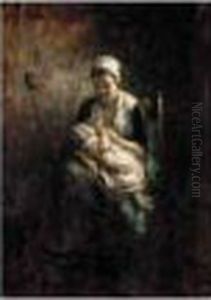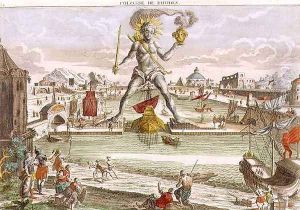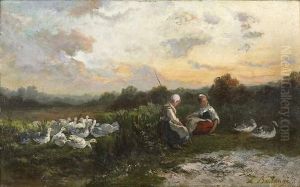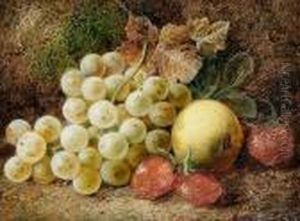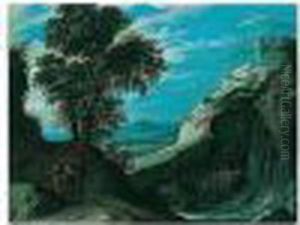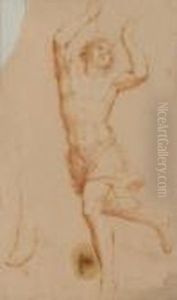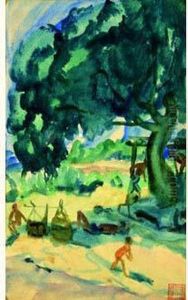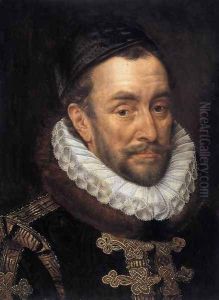





William I, Prince of Orange, called William the Silent
-
About Reproduction
Discover the allure of art with our faithful reproduction of "William I, Prince of Orange, called William the Silent", originally brought to life by the talented Adriaan Key. Unlike posters or prints, our hand-painted oil painting breathes an unique sense of depth and texture into your space. Every detail, every stroke, and every texture is meticulously recreated, paying the perfect homage to Adriaan Key and his artistic vision.
Owning this piece is more than just decoration - it's a statement of your refined taste in art. Let the vibrant colors and intricate details of this replica serve as a daily reminder of the beauty in our world. Elevate your decor and appreciate the richness of art with our replica of this masterpiece.
-
Painting Description
William I, Prince of Orange (24 April 1533 – 10 July 1584), also widely known as William the Silent, was a key figure in the Dutch struggle for independence from Spanish rule, which culminated in the Eighty Years' War and the establishment of the Dutch Republic. Born into the House of Nassau, William inherited the principality of Orange in 1544, becoming the first of the House of Orange to serve as the sovereign Prince of Orange. His epithet "the Silent" (Dutch: Willem de Zwijger) is attributed to his reputed discretion and prudence in political and military matters, although the exact origin of the nickname remains a subject of historical debate.
William's early life was marked by his upbringing in the court of Charles V, Holy Roman Emperor, where he received a comprehensive education and was groomed for a prominent role in European politics. Initially, he served loyally under Charles V and later under his successor, Philip II of Spain. However, growing discontent with Philip's autocratic rule and the harsh measures imposed on the Protestant population in the Netherlands led William to become a leader of the Dutch Revolt.
In 1568, William initiated the revolt against Spanish rule, which marked the beginning of the Eighty Years' War. His leadership and strategic acumen were instrumental in uniting the disparate provinces of the Netherlands in their fight for independence. Despite facing numerous military setbacks and personal hardships, William remained a symbol of resistance and perseverance. His efforts culminated in the Union of Utrecht in 1579, which laid the foundation for the independent Dutch Republic.
William's assassination in 1584 by Balthasar Gérard, a Catholic fanatic, was a significant blow to the Dutch cause, but his legacy endured. He is remembered as the "Father of the Fatherland" in the Netherlands, and his life and achievements continue to be celebrated for their profound impact on Dutch history and the broader struggle for religious and political freedom in Europe.
-
Lead Time & Shipping
When you order this oil painting replica, it typically takes 2-3 weeks to paint. If the artwork is more complex, it might need a little more time to ensure the best quality. Once it's ready, we'll send you a photo for your approval. After you give the green light, we'll ship it to you for free.
-
Return & Refund
We believe in the quality of our hand-painted oil painting reproductions, and your satisfaction is our priority. If for any reason, you are not completely satisfied with your purchase, we offer a 45-day return policy. You can return your artwork within 45 days of receipt and receive a full refund. Please note that the artwork must be returned in the original packaging and in the same condition as it was received.

